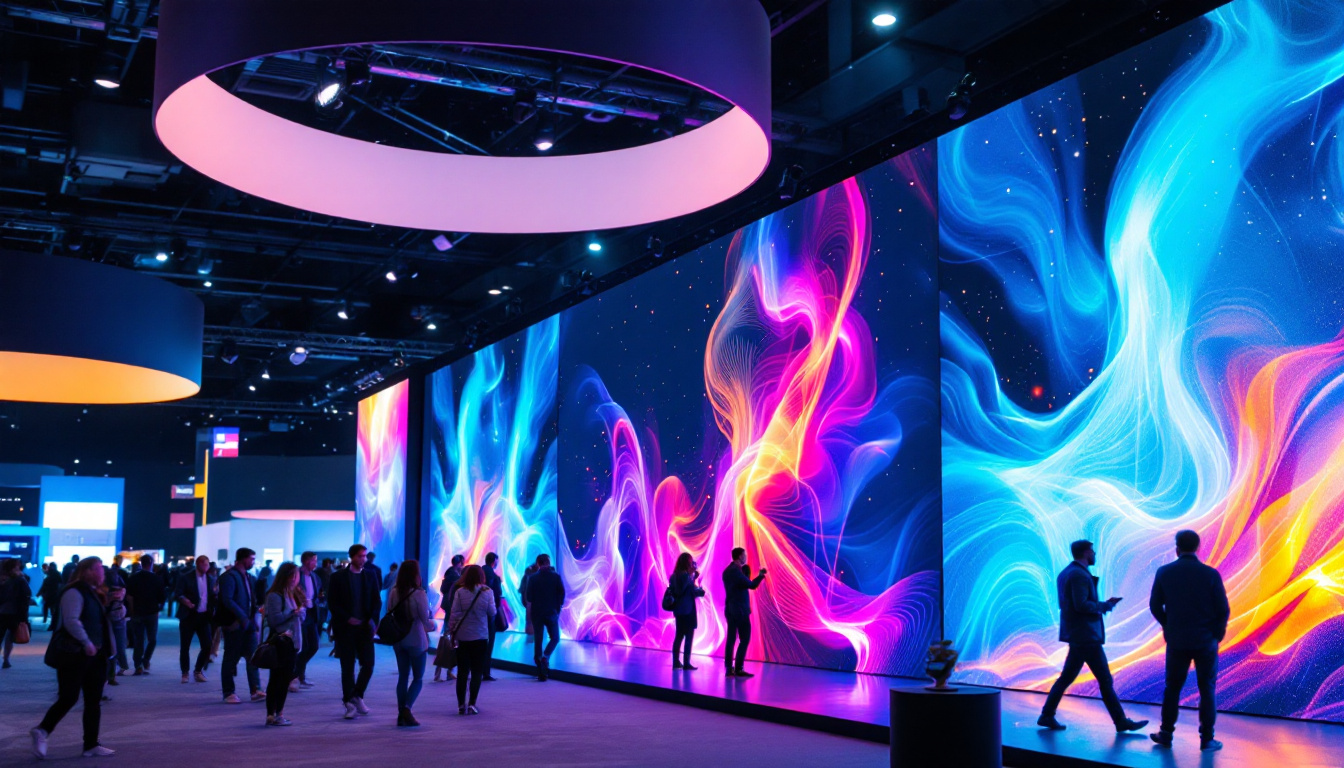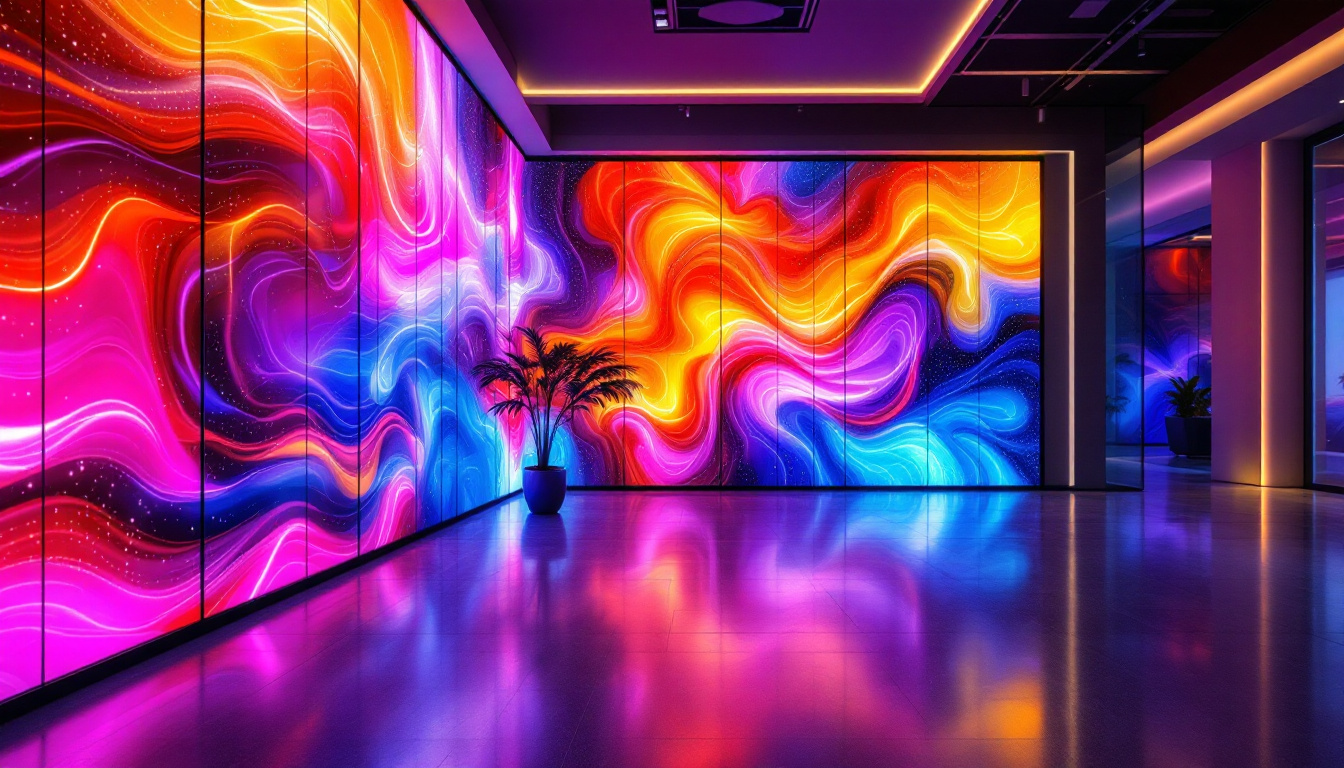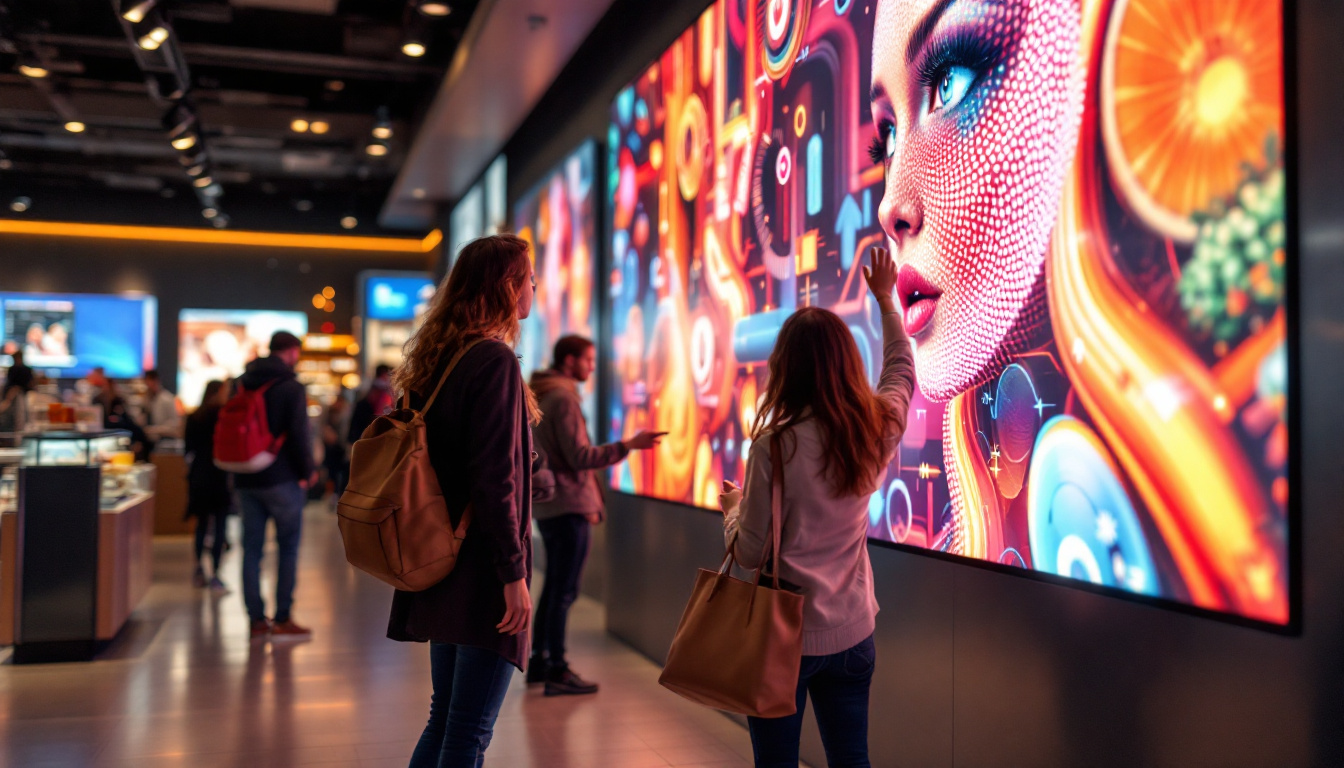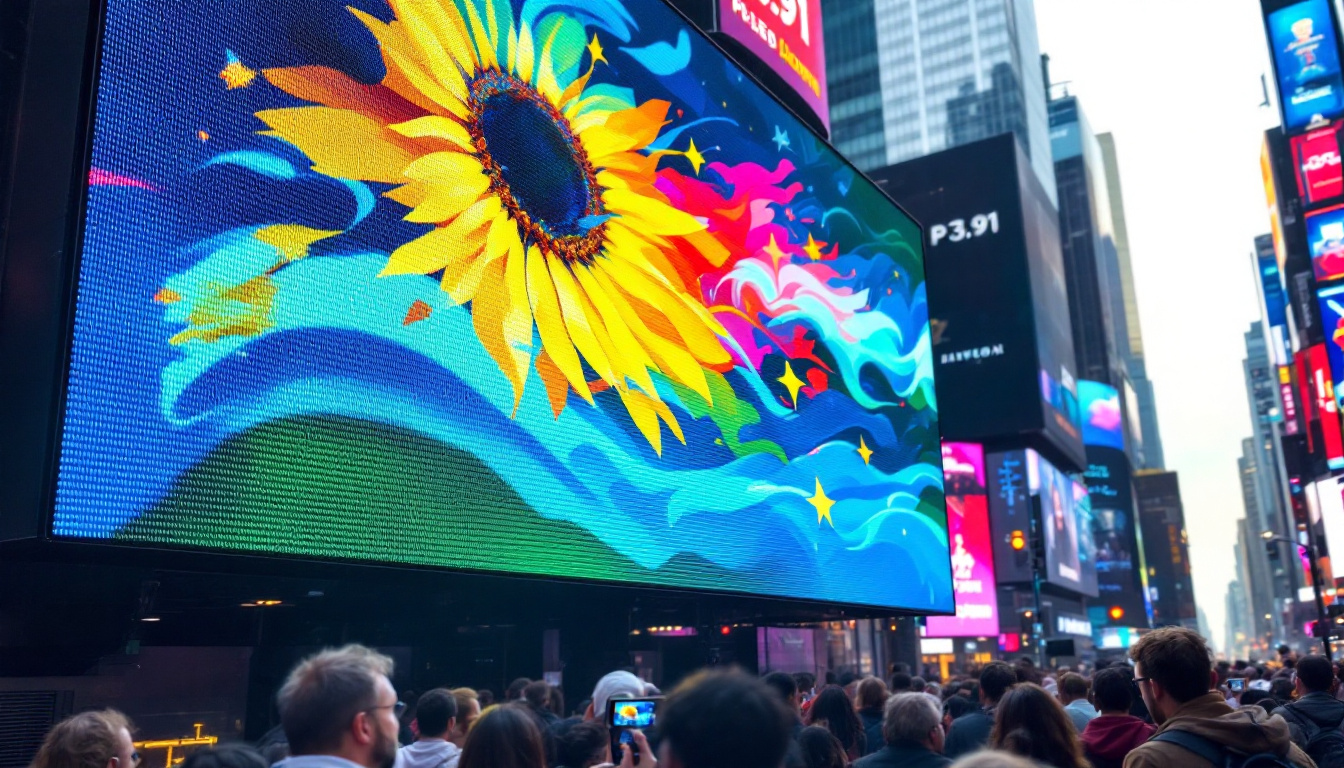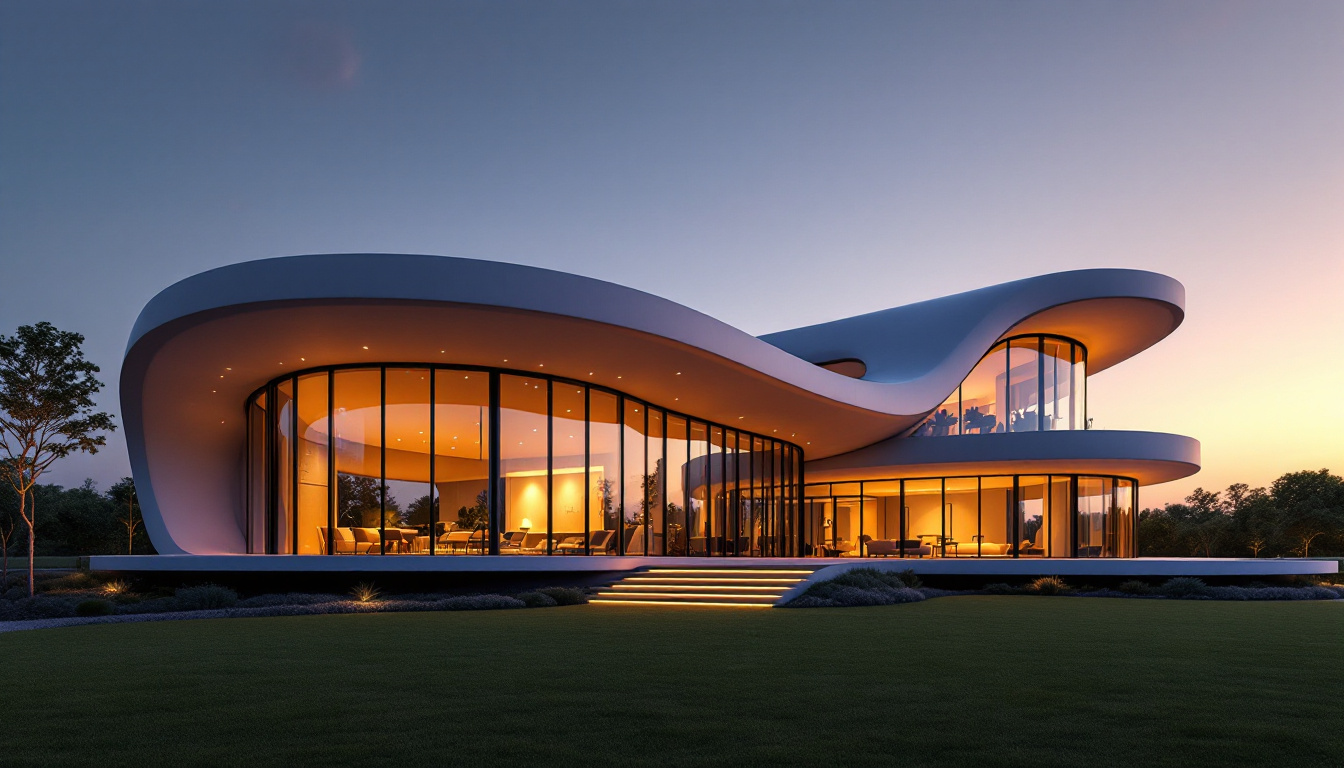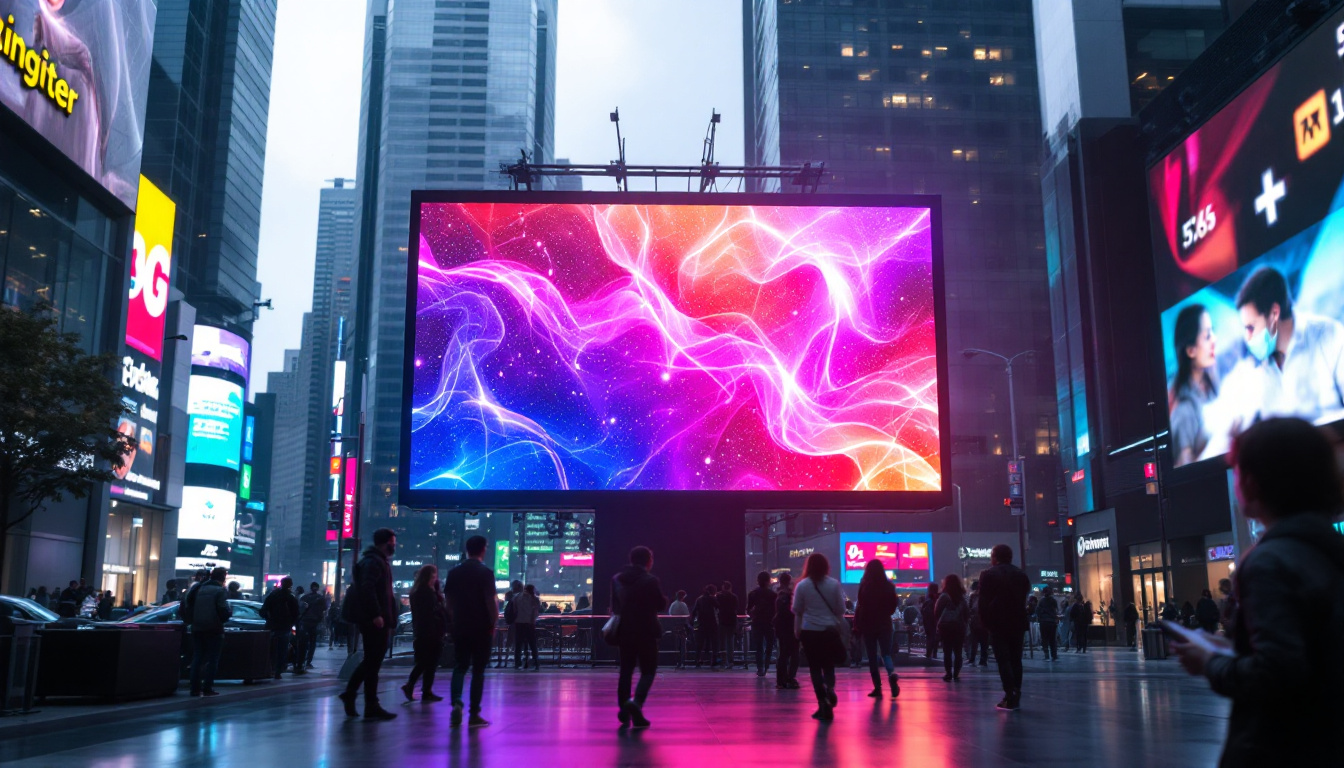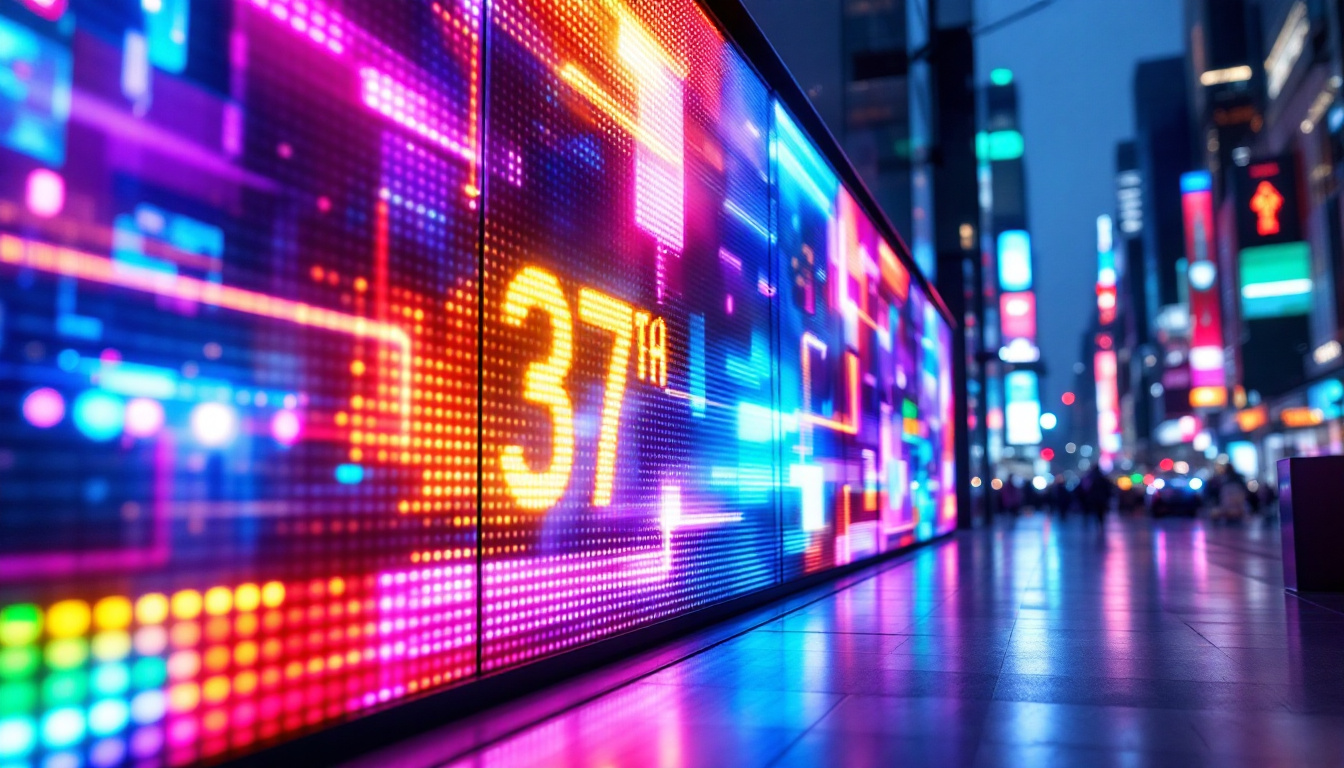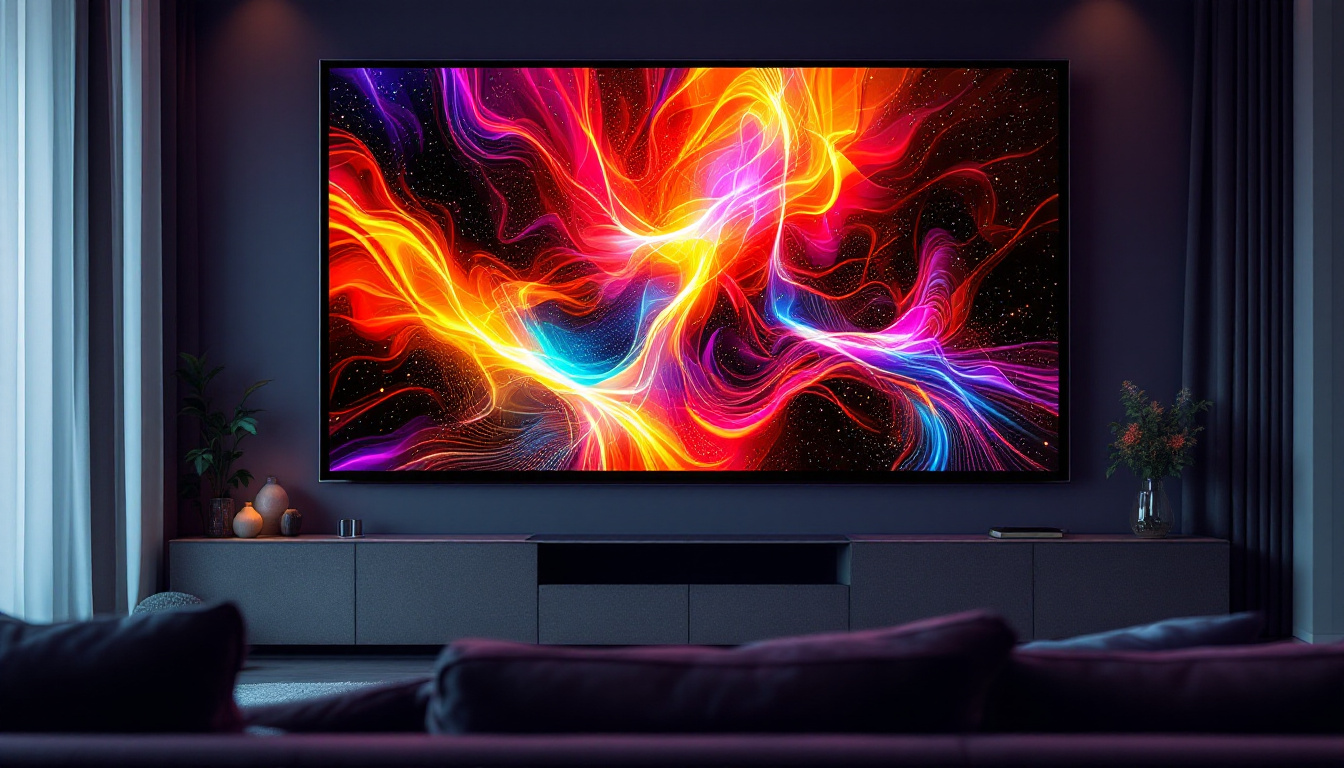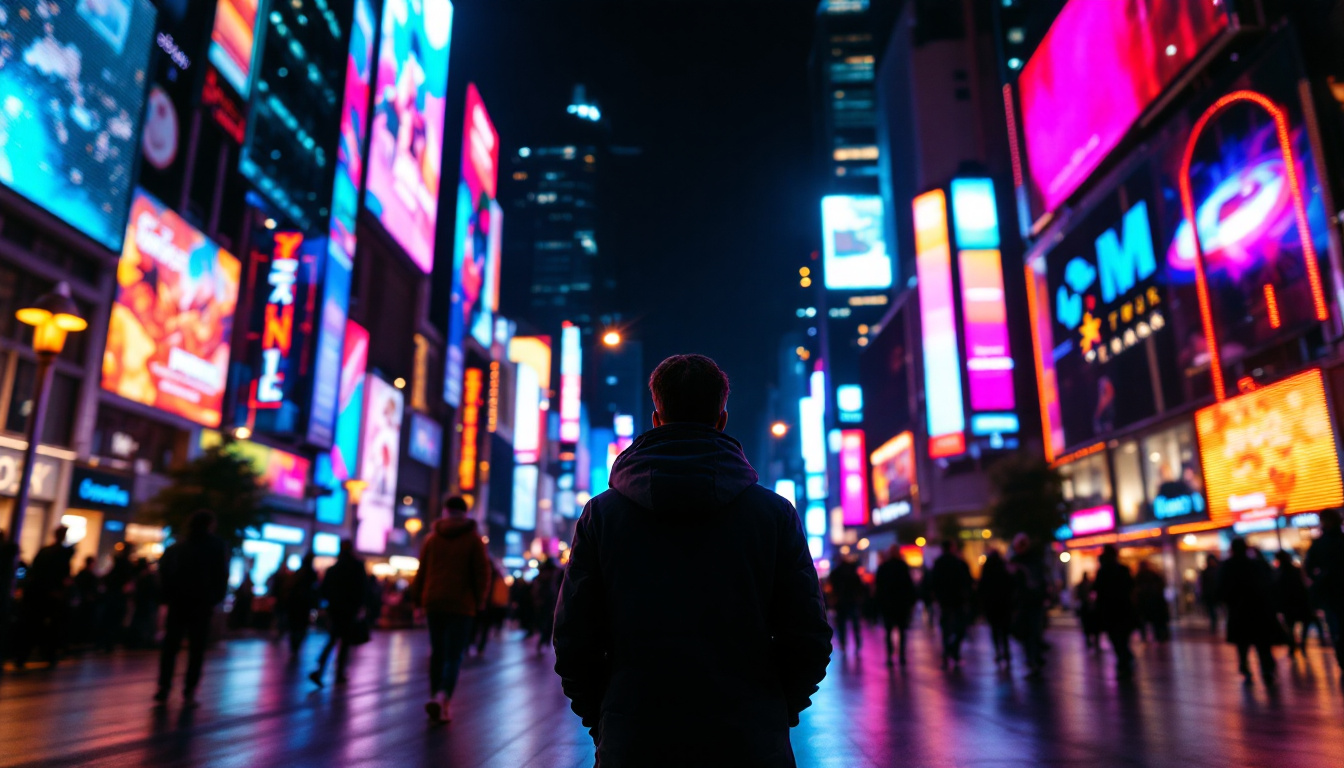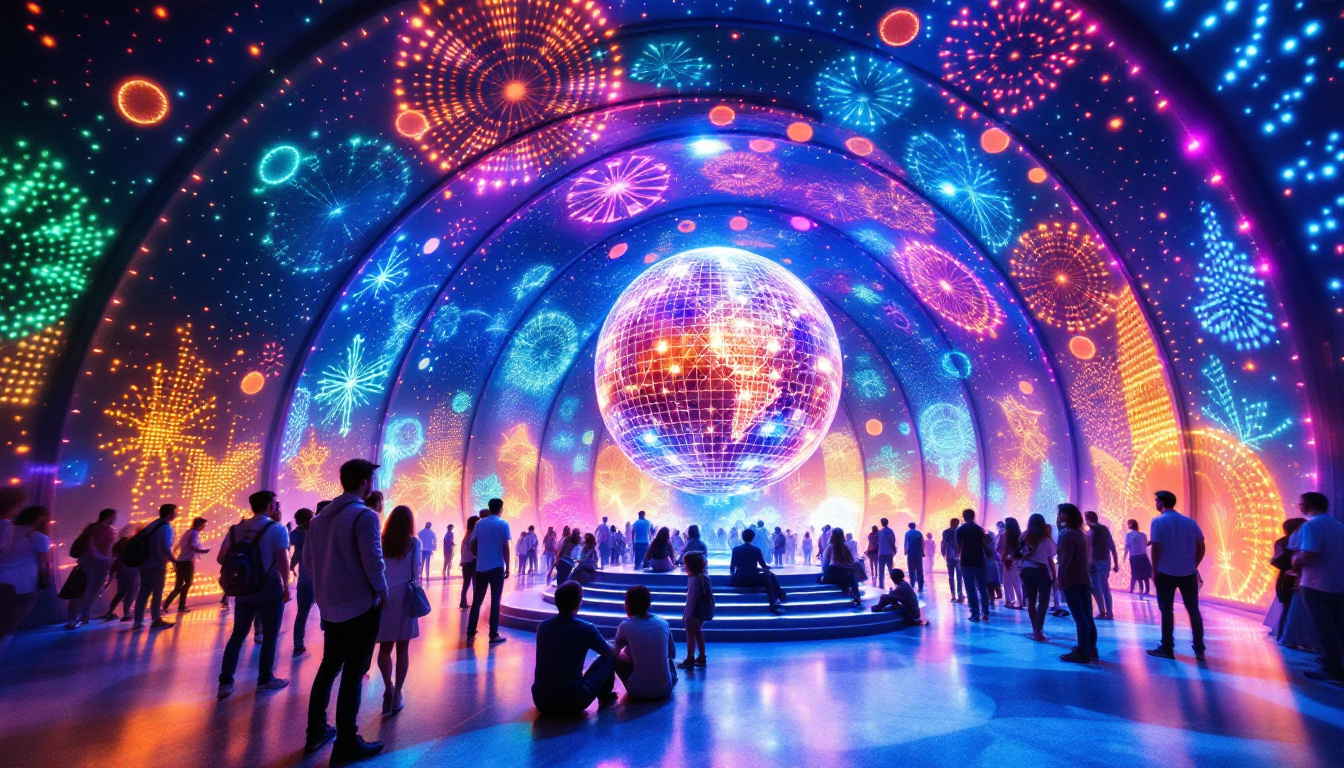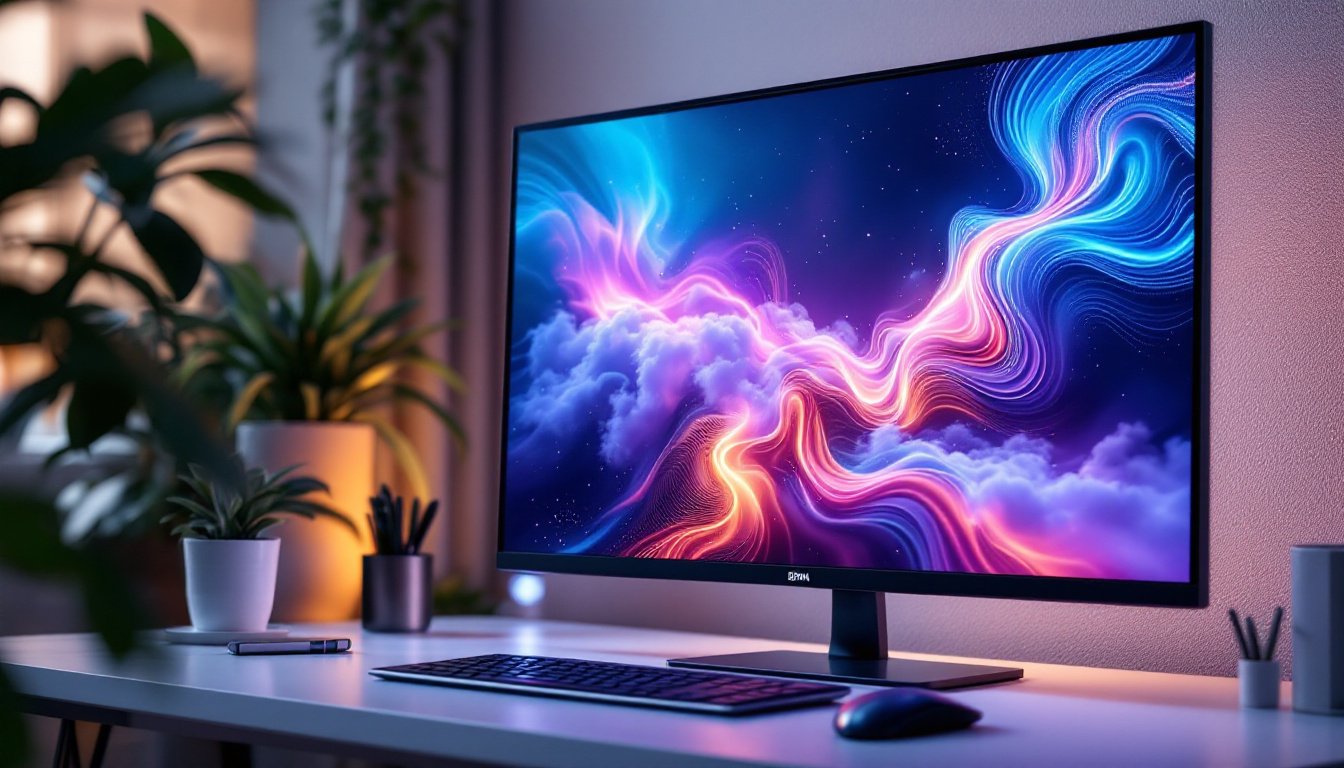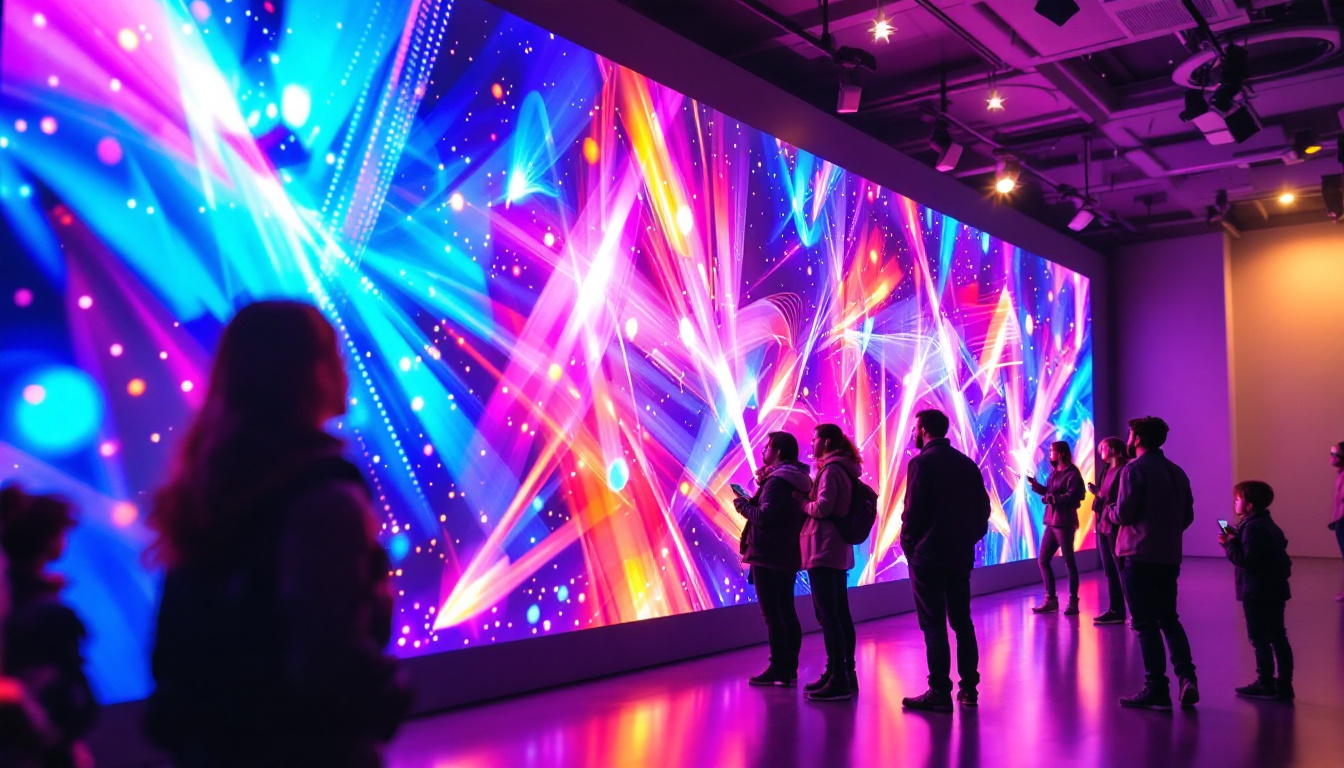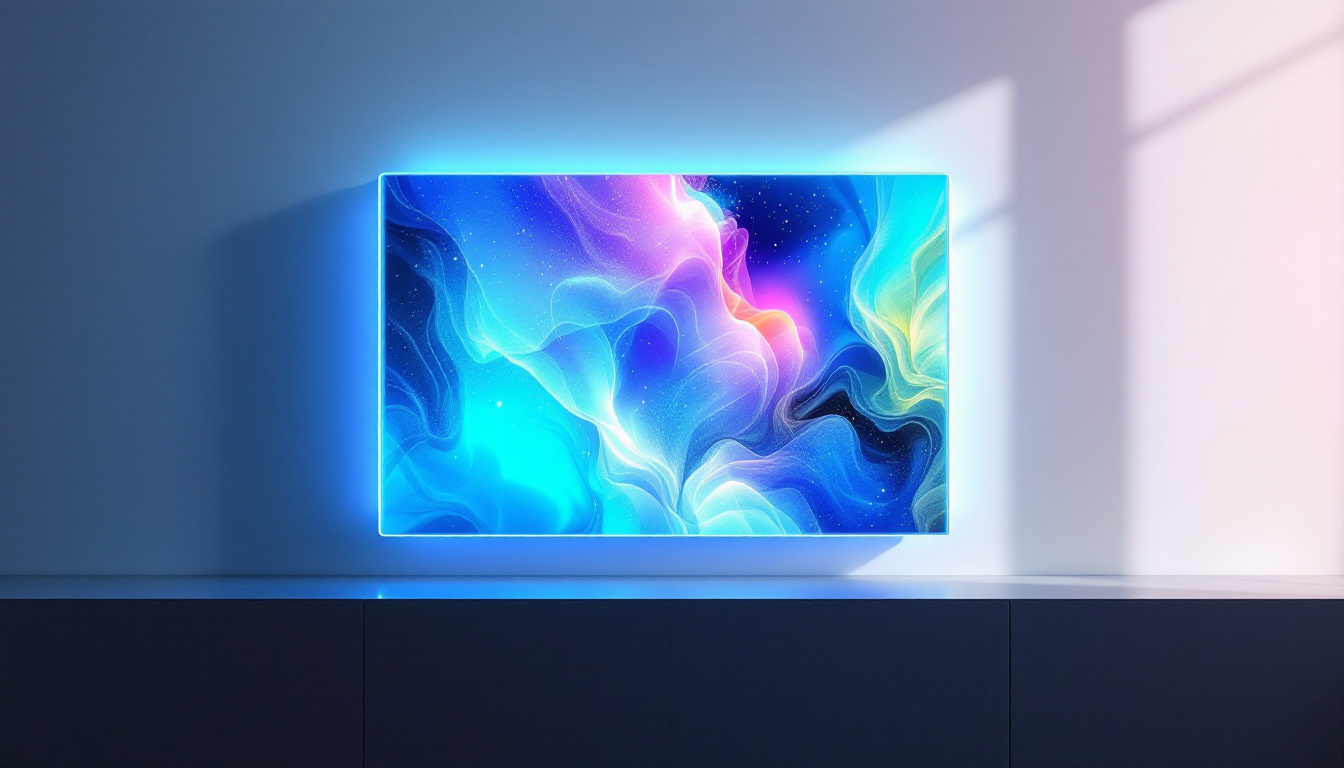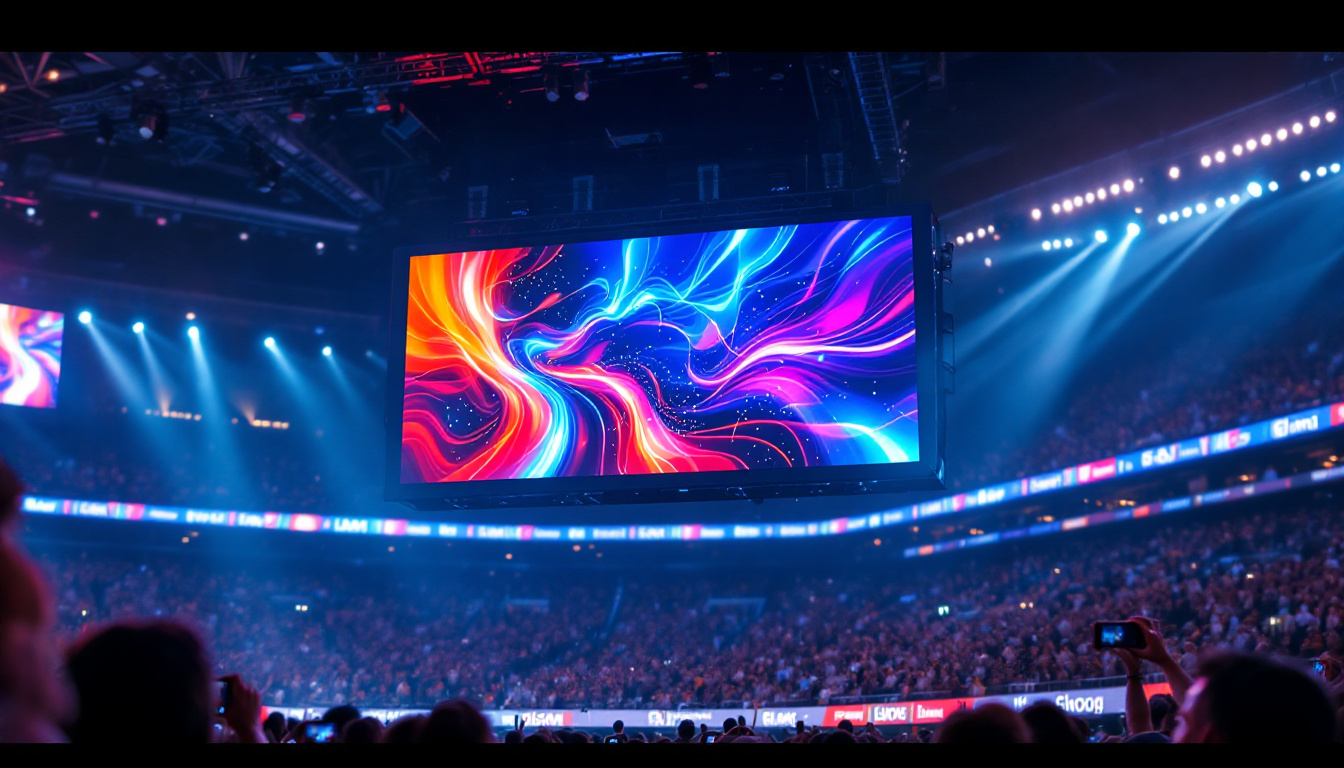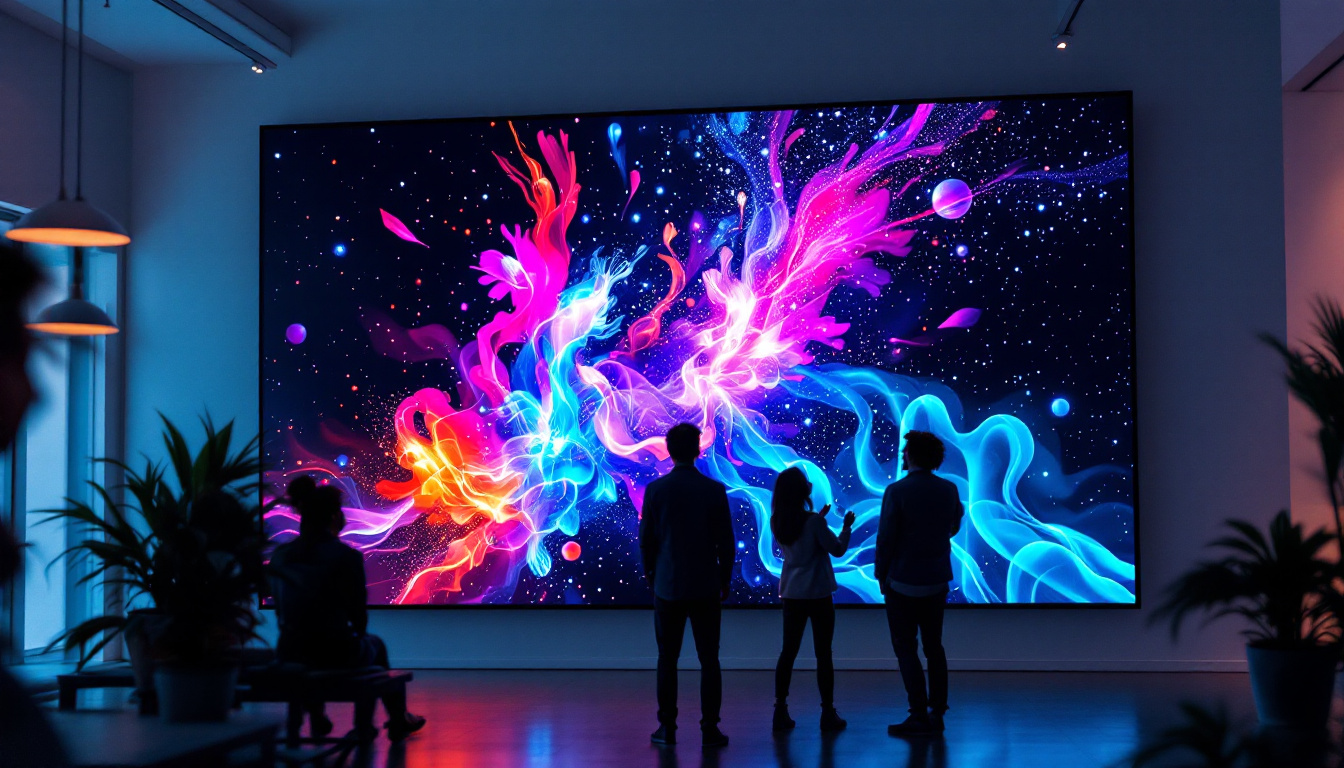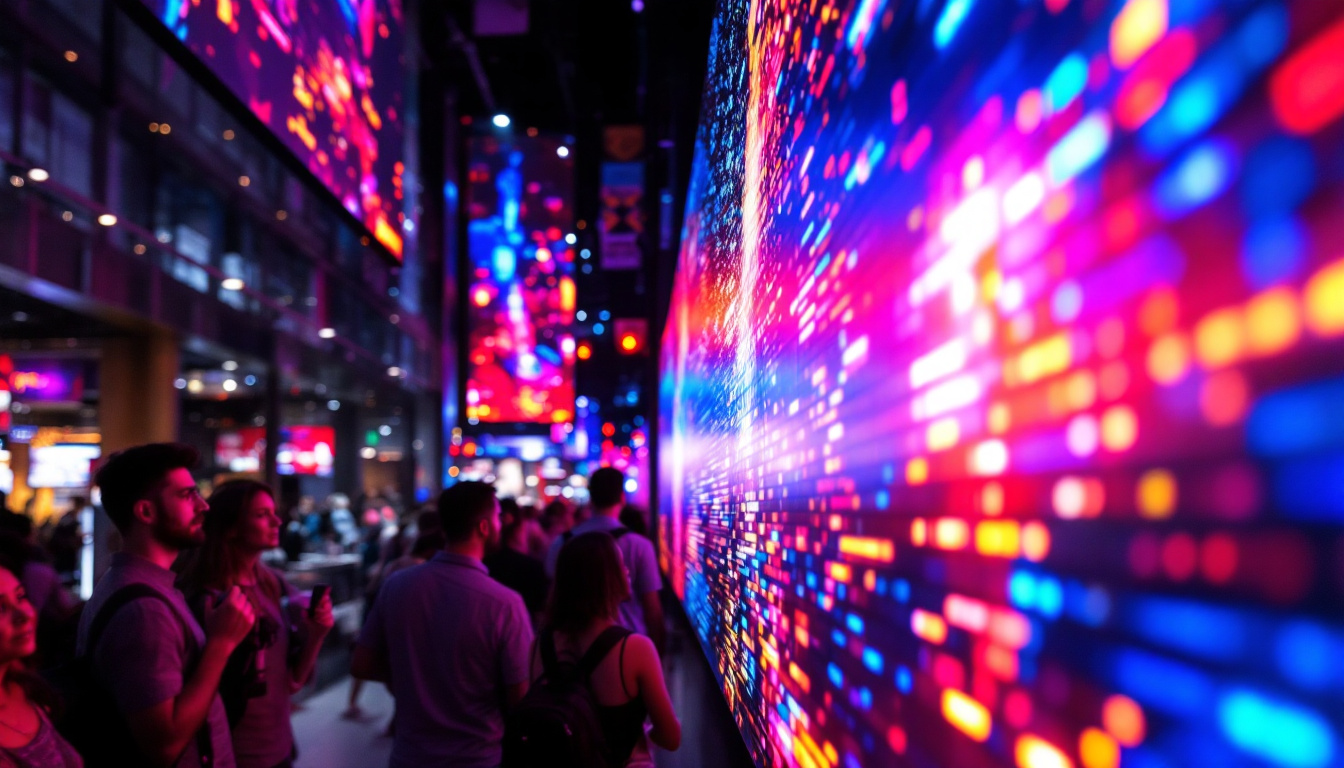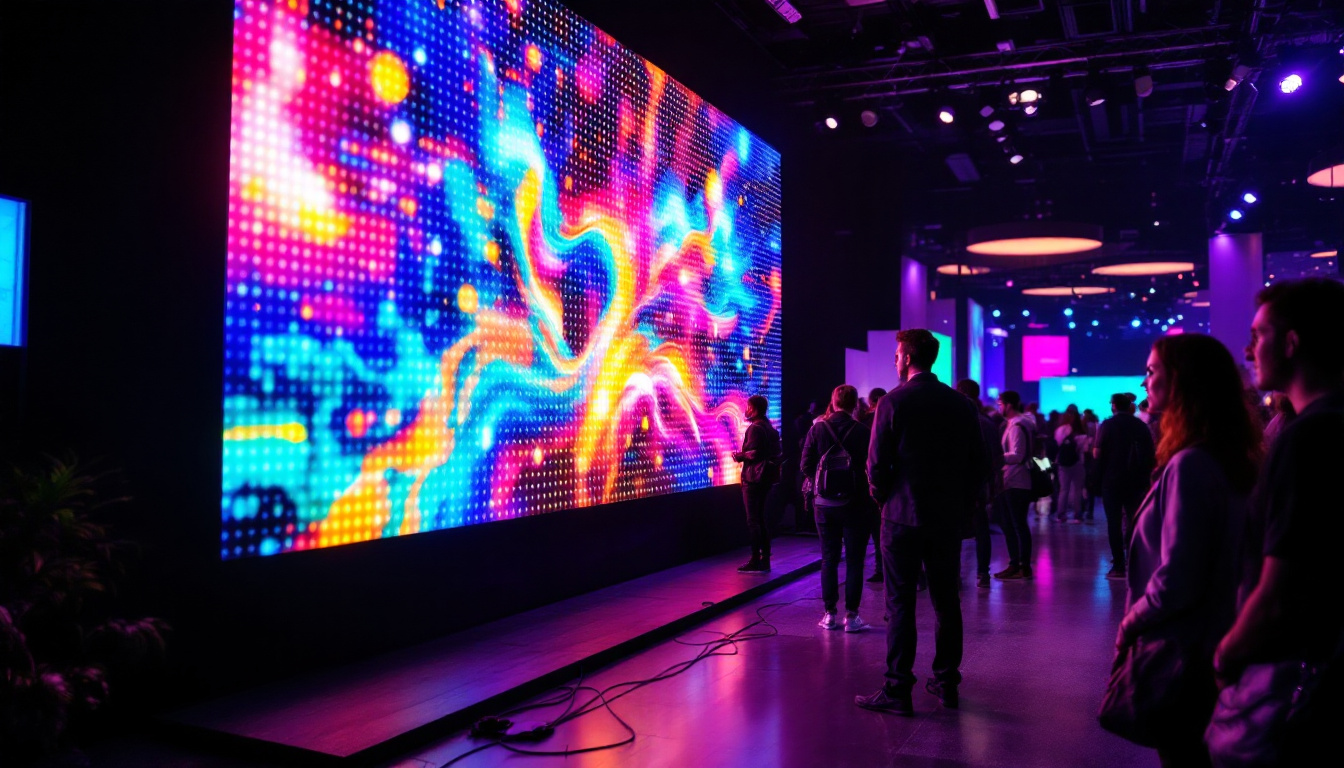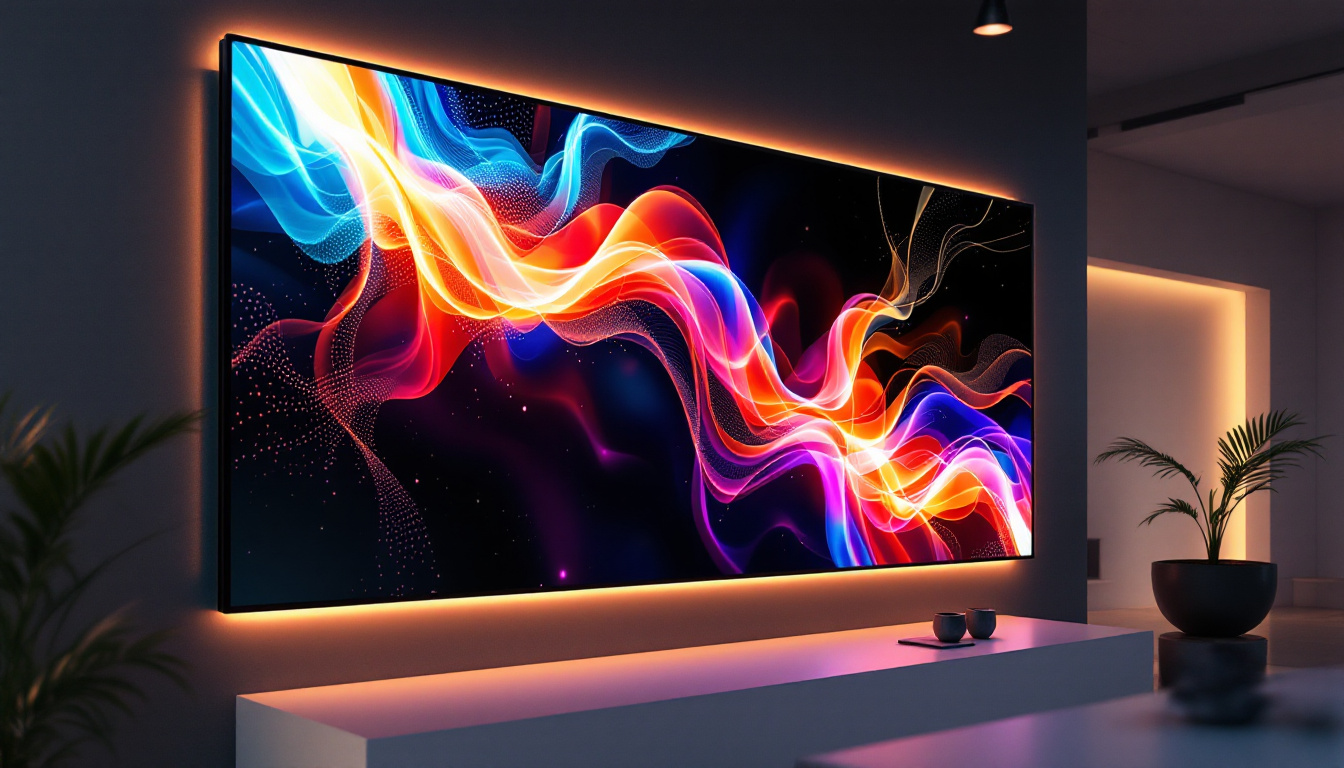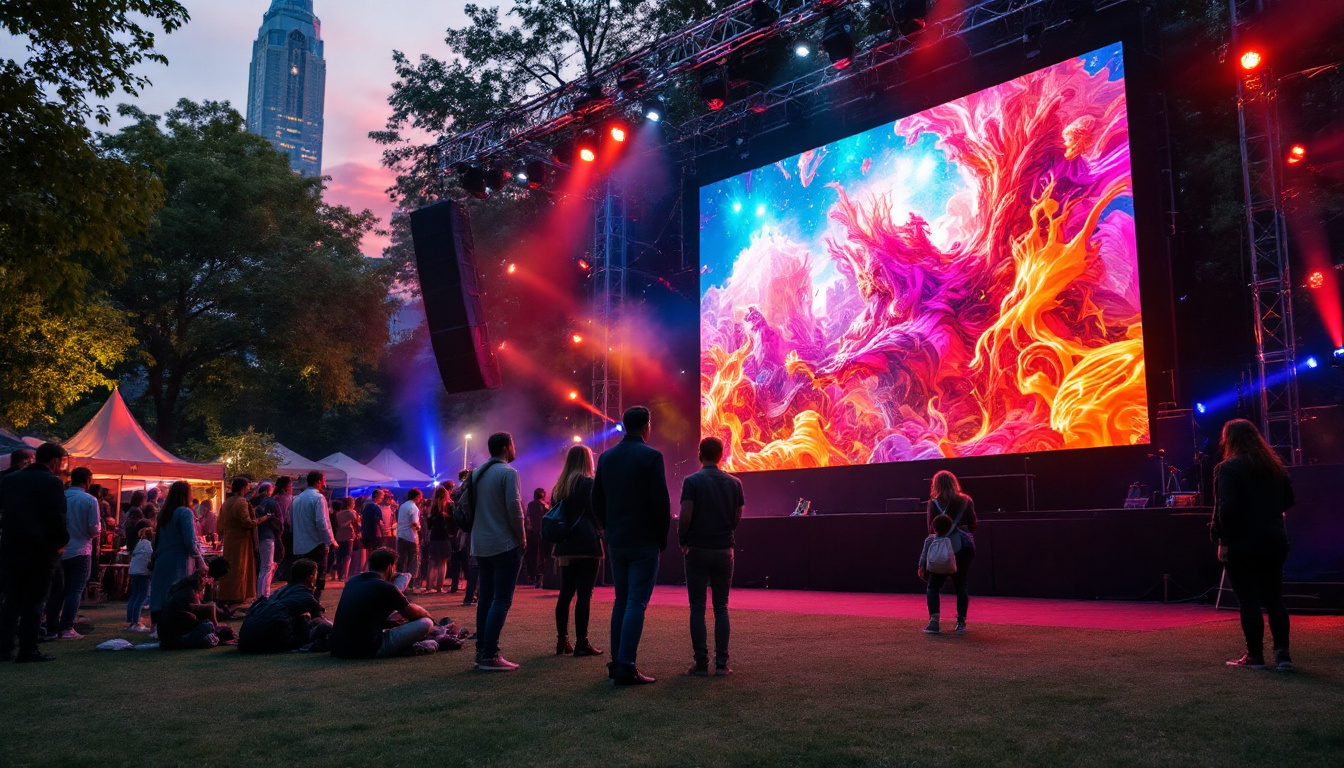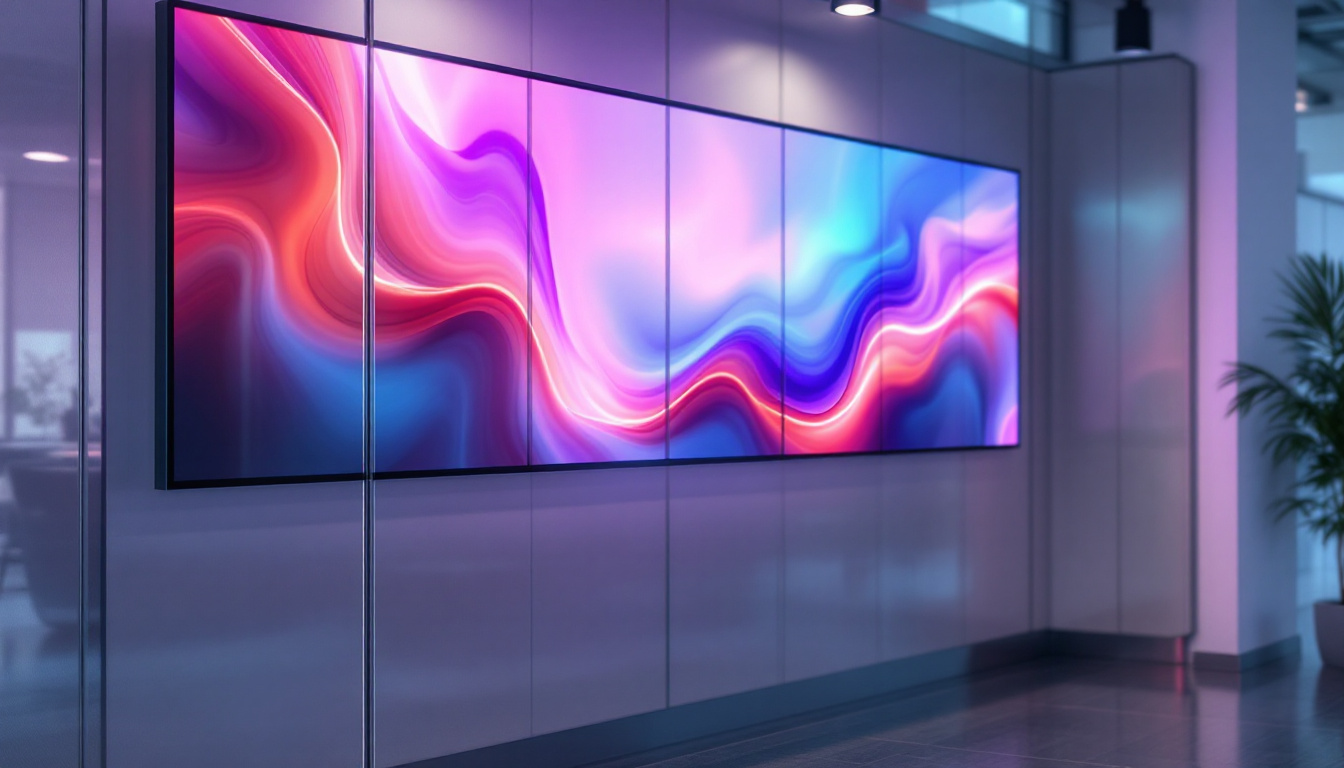Trade shows provide a unique opportunity for businesses to showcase their products and services to a diverse audience. Among the various elements that contribute to a successful trade show presence, the display wall stands out as a critical component. In recent years, LED displays have gained immense popularity for their vibrant visuals and versatility. This article delves into the intricacies of LED display walls, exploring their benefits, types, and best practices for maximizing their impact at trade shows.
Understanding LED Display Walls
LED display walls are large screens made up of numerous light-emitting diodes (LEDs) that work together to create dynamic visuals. These displays can be configured in various sizes and shapes, making them suitable for different trade show environments. The technology behind LED displays allows for high brightness levels, excellent color accuracy, and the ability to operate in various lighting conditions.
How LED Displays Work
At the core of an LED display is the arrangement of individual LED lights, which are grouped into pixels. Each pixel consists of red, green, and blue diodes that combine to produce a full spectrum of colors. The brightness and clarity of the display can be adjusted based on the surrounding environment, ensuring that the visuals remain striking even in well-lit areas.
LED displays can be categorized into two main types: direct view and rear-projection. Direct view displays are composed of individual LED panels that are mounted together to form a larger screen. Rear-projection displays, on the other hand, use projectors to display images on a screen from behind, often resulting in a more seamless appearance. Understanding these differences is crucial when selecting the right display for a trade show.
Benefits of Using LED Displays at Trade Shows
Incorporating LED display walls into trade show exhibits offers numerous advantages. Firstly, the visual impact of LED technology is unparalleled. The bright and vivid colors capture attention and can draw in potential customers from a distance. Additionally, LED displays can showcase high-definition videos, animations, and graphics, making them an excellent medium for storytelling.
Moreover, LED displays are highly customizable. Businesses can easily change the content displayed to cater to different audiences or highlight specific products. This flexibility allows exhibitors to adapt their presentations in real-time, ensuring that they remain relevant and engaging throughout the event. Furthermore, the interactive capabilities of modern LED displays can enhance visitor engagement. Touch-sensitive screens or motion sensors can provide an immersive experience, allowing attendees to interact with the content, explore product features, or even participate in live demonstrations. This level of interactivity not only captivates the audience but also fosters a deeper connection with the brand.
Another significant benefit of LED display walls is their durability and energy efficiency. Unlike traditional display technologies, LED screens are built to withstand the rigors of transport and setup at trade shows, making them a reliable choice for exhibitors. Additionally, they consume less power, which can lead to cost savings and a reduced environmental footprint. This eco-friendliness is increasingly important for businesses looking to enhance their sustainability efforts while still delivering high-quality presentations that leave a lasting impression on their audience.
Types of LED Displays for Trade Shows
When selecting an LED display for a trade show, it’s essential to understand the different types available. Each type comes with its unique features and applications, which can significantly impact the overall effectiveness of the display.
Indoor vs. Outdoor LED Displays
Indoor LED displays are designed for use in controlled environments, such as convention centers and exhibition halls. These displays typically have a higher pixel density, resulting in sharper images and better color reproduction. They are ideal for showcasing detailed graphics and videos that require clarity and precision.
In contrast, outdoor LED displays are built to withstand various weather conditions, including rain, wind, and extreme temperatures. These displays feature lower pixel densities but are designed to be extremely bright, ensuring visibility even in direct sunlight. Businesses targeting outdoor events or festivals should consider investing in outdoor LED displays for maximum impact. Additionally, outdoor displays often come equipped with protective features such as waterproof casings and reinforced structures to ensure durability, making them a reliable choice for long-term outdoor use.
Fixed vs. Rental LED Displays
Another important distinction is between fixed and rental LED displays. Fixed LED displays are permanent installations, typically used in locations such as retail stores or corporate offices. These displays are a long-term investment and can be customized to fit specific branding needs. They often feature advanced technology that allows for seamless integration with other digital signage systems, enhancing the overall viewer experience.
Rental LED displays, on the other hand, are temporary solutions designed for short-term use at trade shows and events. These displays are available in various sizes and configurations, allowing businesses to choose the best fit for their exhibit space. Renting an LED display can be a cost-effective option, especially for companies that participate in multiple trade shows throughout the year. Furthermore, rental services often include technical support and setup assistance, ensuring that businesses can focus on their presentations without the added stress of managing display logistics. This flexibility allows brands to adapt their messaging and visual strategies to suit different audiences and event themes, maximizing engagement and impact.
Designing an Effective LED Display
The design of an LED display is crucial to its effectiveness. A well-designed display not only attracts attention but also communicates the intended message clearly. Here are some key considerations when designing an LED display for a trade show.
Content is King
The content displayed on an LED wall should be engaging, concise, and relevant. High-quality visuals, such as images and videos, can significantly enhance the overall impact of the display. It’s essential to use bold fonts and contrasting colors to ensure readability from a distance.
Additionally, incorporating animations or motion graphics can help capture attention and keep viewers engaged. However, it’s important to strike a balance; overly complex animations can distract from the core message. The goal should be to create a seamless flow of information that guides the viewer’s attention.
Strategic Placement
The placement of the LED display within the trade show booth is another critical factor. It should be positioned in a way that maximizes visibility while allowing for easy interaction. Consider the flow of foot traffic and ensure that the display is not obstructed by other elements of the booth.
Furthermore, the height of the display can influence its effectiveness. A display that is too low may not be visible to attendees in crowded areas, while one that is too high may lose engagement. Finding the right height and angle can significantly enhance the viewer experience.
Best Practices for Using LED Displays at Trade Shows
To fully leverage the potential of LED displays at trade shows, adhering to best practices is essential. These practices can help ensure that the display not only attracts attention but also converts interest into leads.
Test Before the Event
Before the trade show, it is crucial to test the LED display to ensure that all components are functioning correctly. This includes checking the video quality, sound, and any interactive features that may be included. Conducting a trial run allows for adjustments to be made ahead of time, ensuring a smooth experience during the event.
Additionally, testing the content on the display can help identify any issues with readability or visual appeal. It’s advisable to gather feedback from colleagues or stakeholders to make necessary improvements before the show.
Engage the Audience
One of the primary goals of a trade show is to engage the audience. Utilizing the LED display to create interactive experiences can significantly enhance viewer participation. This can include live polls, quizzes, or social media feeds that encourage attendees to interact with the content.
Moreover, incorporating a call-to-action (CTA) within the display can guide viewers on the next steps, whether it’s visiting a booth, signing up for a newsletter, or participating in a giveaway. Clear CTAs can help convert interest into actionable leads.
Measuring Success Post-Event
After the trade show, it’s essential to evaluate the success of the LED display and its overall impact on the event. This can provide valuable insights for future trade shows and help refine strategies for better results.
Gather Feedback
Collecting feedback from booth staff and attendees can offer insights into the effectiveness of the LED display. Understanding what worked well and what could be improved can inform future design and content strategies. Surveys or informal conversations can be effective methods for gathering this feedback.
Additionally, analyzing engagement metrics, such as the number of interactions or leads generated, can provide a quantitative measure of success. This data can be used to assess the return on investment (ROI) of the LED display and its contribution to overall trade show goals.
Continuous Improvement
Trade shows are an ongoing learning experience. Each event provides an opportunity to refine and enhance display strategies. Based on the feedback and metrics gathered, businesses can make informed decisions about future investments in LED technology and design approaches.
By continuously improving the use of LED displays, companies can ensure that they remain competitive and relevant in their industry, ultimately leading to greater success at trade shows.
Conclusion
LED display walls have revolutionized the way businesses present themselves at trade shows. Their vibrant visuals, versatility, and ability to engage audiences make them an invaluable asset for exhibitors. By understanding the technology, types, and best practices associated with LED displays, businesses can create impactful presentations that resonate with attendees.
As trade shows continue to evolve, leveraging innovative technologies like LED displays will be crucial for standing out in a crowded marketplace. With careful planning, design, and execution, companies can maximize their trade show presence and drive meaningful results.
Discover LumenMatrix’s Innovative LED Display Solutions
Ready to elevate your trade show presence and captivate your audience with stunning visuals? Explore LumenMatrix’s comprehensive range of LED display solutions, designed to bring your brand’s message to life. From vibrant Indoor and Outdoor LED Wall Displays to dynamic Vehicle and Sports LED Displays, our cutting-edge technology ensures your exhibit stands out. Engage visitors with our interactive Floor and Custom LED Displays, or make a statement with our sleek LED Poster and All-in-One LED Displays. Experience the future of visual communication with our LED Transparent Display. Don’t just show up—shine with LumenMatrix. Check out LumenMatrix LED Display Solutions and revolutionize your trade show experience today.

